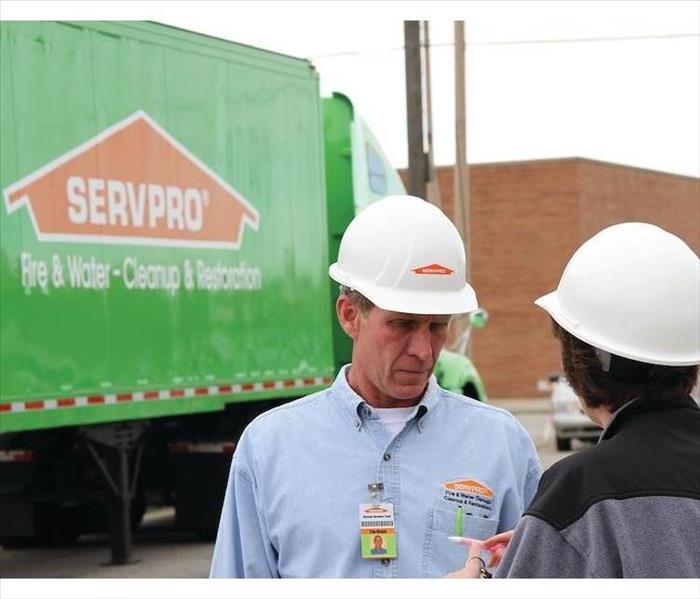What Type of Material with Mold Damage Can Be Cleaned?
3/12/2021 (Permalink)
 If your home is overtaken by mold you need to call the professionals. Call SERVPRO today for remediation assistance.
If your home is overtaken by mold you need to call the professionals. Call SERVPRO today for remediation assistance.
SERVPRO’s mold remediation specialist knows how to determine what can and cannot be cleaned
When mold is discovered, it needs to be dealt with quickly. It can spread rapidly throughout a home, damaging surface material and content. The technique used to remove mold depends on the type of material where the growth has developed.
Removing Mold Contamination
Mold remediation in Marlborough requires understanding the different kinds of surface materials and applying the correct cleaning method. Non-porous material usually can be cleaned, while porous material with visible mold must be discarded. Mold removal involves:
- Removing porous material that is extensively contaminated. This includes things such as drywall, fabric, and carpeting. It is the only way to stop the spread.
- Non-porous material that is dry and has mold can be cleaned using a HEPA vacuum. Damp wiping with detergent is done if there are layers of mold.
- HEPA vacuuming to remove loose mold and then using agitation methods to loosen the mold further. Semi-porous material, such as wood and concrete, often needs this type of cleaning.
SERVPRO technicians are certified mold remediation experts. With AMRT applied microbial remediation training, you can be confident in our performance at your property. We know how to assess the building and determine what methods are best to contain and remove the mold.
For professional mold remediation services, contact SERVPRO of Marlborough / Concord. Give us a call at (978) 486-9868 for more information.






 24/7 Emergency Service
24/7 Emergency Service